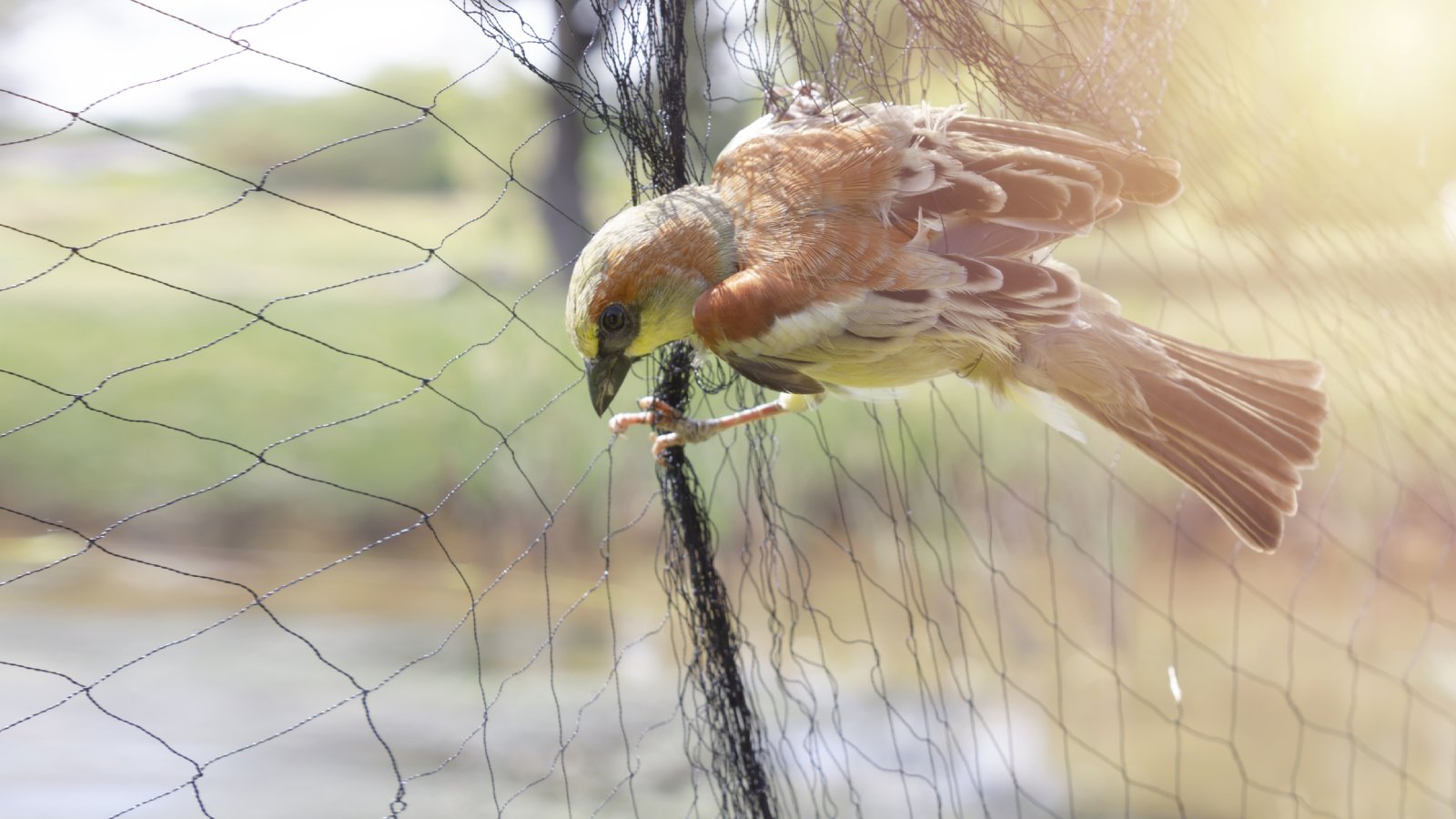Is Plastic Harming Wildlife In Your Yard? Identify Plastic Issues And Keep Garden Visitors Safe
If we’re wondering whether plastic is harming wildlife, it’s a good idea to take a look at your yard and garden and learn about some safer plastic alternatives.


Plastic is a ubiquitous material because it is inexpensive and easy to use. It can be mass produced in an endless number of forms for very little money. We use plastic in all areas of our lives, including around the house and in the garden.
Unfortunately, plastic has significant drawbacks. It doesn’t decompose readily, and discarded plastic can be harmful to living things, including the wildlife in your yard and garden. It’s important to understand how plastic affects wildlife and how to use it more responsibly.
How Does Plastic Harm Wildlife?
Plastic pollution harming animals is a real concern in all types of environments, including yards and gardens. It’s important to understand how your choices of materials and products impact animals, and to make choices that support sustainable gardening.
How plastic pollution affects wildlife is numerous. Plastics degrade slowly and can leach pollutants, including harmful microplastics, into soil and water. They can also directly harm animals that get caught in plastic materials.
Here are some common plastic products used in the garden and home that cause the most harm, including direct dangers to animals and long-term wildlife plastic pollution:
1. Plastic Netting

Plastic netting is used in erosion control blankets, turf sod, to protect fruit trees, and as decoration, particularly at Halloween. Netting in the ground traps and kills snakes. On trees and bushes, it often traps and harms birds that get tangled in it. You can find erosion blankets and sod made with natural materials. As for decorations, it’s best simply to avoid them.
2. Plastic Mulch

Black plastic sheeting as mulch is popular because it is effective at smothering weeds, warming the soil, and retaining moisture. This kind of mulch contributes to pollution runoff and increases microplastics in the soil. It’s also difficult to dispose of and not practical to reuse. Avoid plastic altogether by using mulch alternatives like woodchips and bark, paper, cardboard, or straw.
Sign up for the Gardening Know How newsletter today and receive a free copy of our e-book "How to Grow Delicious Tomatoes".
3. Plastic Straws and Utensils

Plastic straws and utensils are not usually an issue in the garden, but they harm wildlife when diverted from normal waste management processes. There are one of the most used and disposed of plastic products that make their way into waterways.
Many animals ingest these smaller plastic items resulting in direct harm. Indirectly, straws break down into microplastic and contribute toxins to the environment. Skip straws and plastic ware, or use biodegradable paper products or reusable metal or bamboo products.
4. Plastic Litter

Most people do not litter intentionally, yet we see it all over. It probably ends up in your own yard. Some of this is intentional, but plastic waste also gets away from garbage cans and distributed by wind and water.
Plastic waste in your garden or natural areas can directly harm animals. Animals may get stuck or tangled up in a plastic container or bag or may ingest and choke on plastic products. Help reduce the problem by securing your garbage cans and picking up litter when you see it.
Should We Be Worried About Microplastics?
While plastics don’t break down as readily as paper and other more natural materials, they do eventually degrade. Plastic products slough off tiny pieces. Microplastics include any of these pieces that are less than 5 millimeters. They have been found just about everywhere: air, soil, waterways, and even food.
This means microplastics are almost certainly in your garden. Studies already show that both humans and wildlife ingest many of these particles. Depending on how much they consume, some animals are significantly harmed by microplastics. They can cause irritation in the digestive tract or even fill up the stomach so that animals eat less real food. Microplastics often get coated in pollutants, which are also consumed.
Which Plastics Are Safe for Wildlife?
No plastic is truly safe for wildlife, but you can reduce the harm by choosing certain types of products. You can also choose plant-based and biodegradable plastics. Innovative plant plastics have been found to shed far fewer microplastics. Biodegradable products break down more quickly.
The only way to have less plastic in the environment is to use less plastic, which means using safer alternatives. The best option is to replace plastic materials with others, for example replacing black plastic weed barrier with fabrics or natural mulch.
Frequently Asked Questions
Which Animals Are Most Affected by Plastic?
While your garden animals can be harmed by plastic, it’s marine wildlife that suffers the most. Plastic in waterways harms fish, seabirds, turtles, and more. How much wildlife is killed by plastic is hard to say, but it is both a direct and indirect cause of many animal deaths.
Which Plastics Are Most Harmful to Wildlife?
In marine environments, straws, utensils, nets and fishing line, and bags are most dangerous. For other types of wildlife, plastic bags cause significant harm, as does plastic netting and string, balloons, and Styrofoam.

Mary Ellen Ellis has been gardening for over 20 years. With degrees in Chemistry and Biology, Mary Ellen's specialties are flowers, native plants, and herbs.
